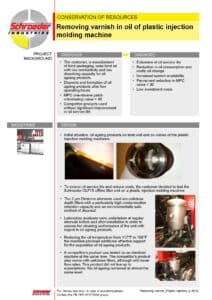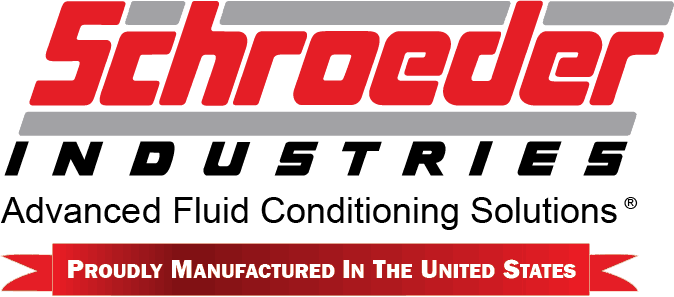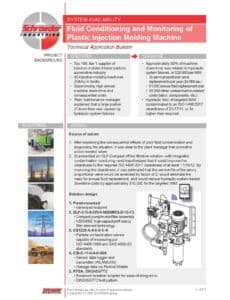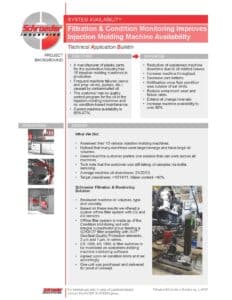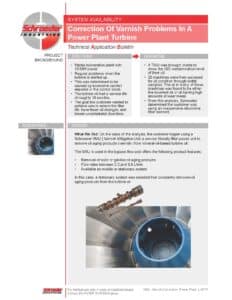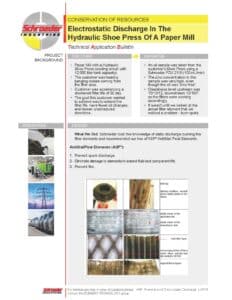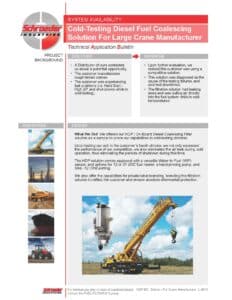Jeff Starkey | August 15th, 2016
This video demonstrates how to properly start up a variable displacement pump hydraulic power unit.
Variable Displacement Pump Hydraulic Power Unit
- Start by filling the case of the piston pump through the case drain port to make sure the pump does not start up dry.
- Verify that the electric motor is properly wired.
- Check rotation to verify the electric motor rotation matches the rotation of the pump.
- Back off the relief and the pump compensator (Counter Clockwise) to low pressure so it starts up as safely as possible.
- Start with no restriction on the flow so it starts up with the lowest pressure available, and then slowly close off the flow out to the system by restricting the flow while looking for any leaks.
- Pumps do not make pressure, pumps make flow and the restriction of the flow is where the pressure is created.
- After the unit is deadheaded, start by bringing the relief and compensator up together. You should be able to tell by the sound when the pump is on stroke and when it is compensated.
- Keep increasing both the compensator and the relief by screwing the adjustments in (Clockwise) until you reach the desired relief setting.
- Back the compensator out (CCW) until you hear the pump come on stroke (it gets loud) and then turn the adjustment back in (CW) until pump compensation is achieved and the pump is quiet again.
- Turn relief out (CCW) until you hear the relief valve crack and then turn back in (CW) until the flow across the relief stops at the desired relief setting.
- Now that the safety relief is set, the compensator can be backed out (CCW) until you achieve the desired system operating pressure.
- The compensator should always determine the system setting and never the relief valve.
- If you adjust the relief and the pressure changes, the system is set up incorrectly and the system will be subject to excessive heat and wasted energy.
- Tighten the lock nut on the relief and compensator to assure they will not change after setup. If you are in a noisy environment and can’t hear the pump come on stroke or the relief valve open, you can set the pump compensator and relief valve by watching the amp draw on one leg of the electrical service. You can tell by the amp draw on the motor when the relief cracks or when the pump compensates.
- Check amperage of unit at full flow and full desired pressure by restricting the flow to make sure you are not exceeding the full load amperage rating of the electric motor after setup.

